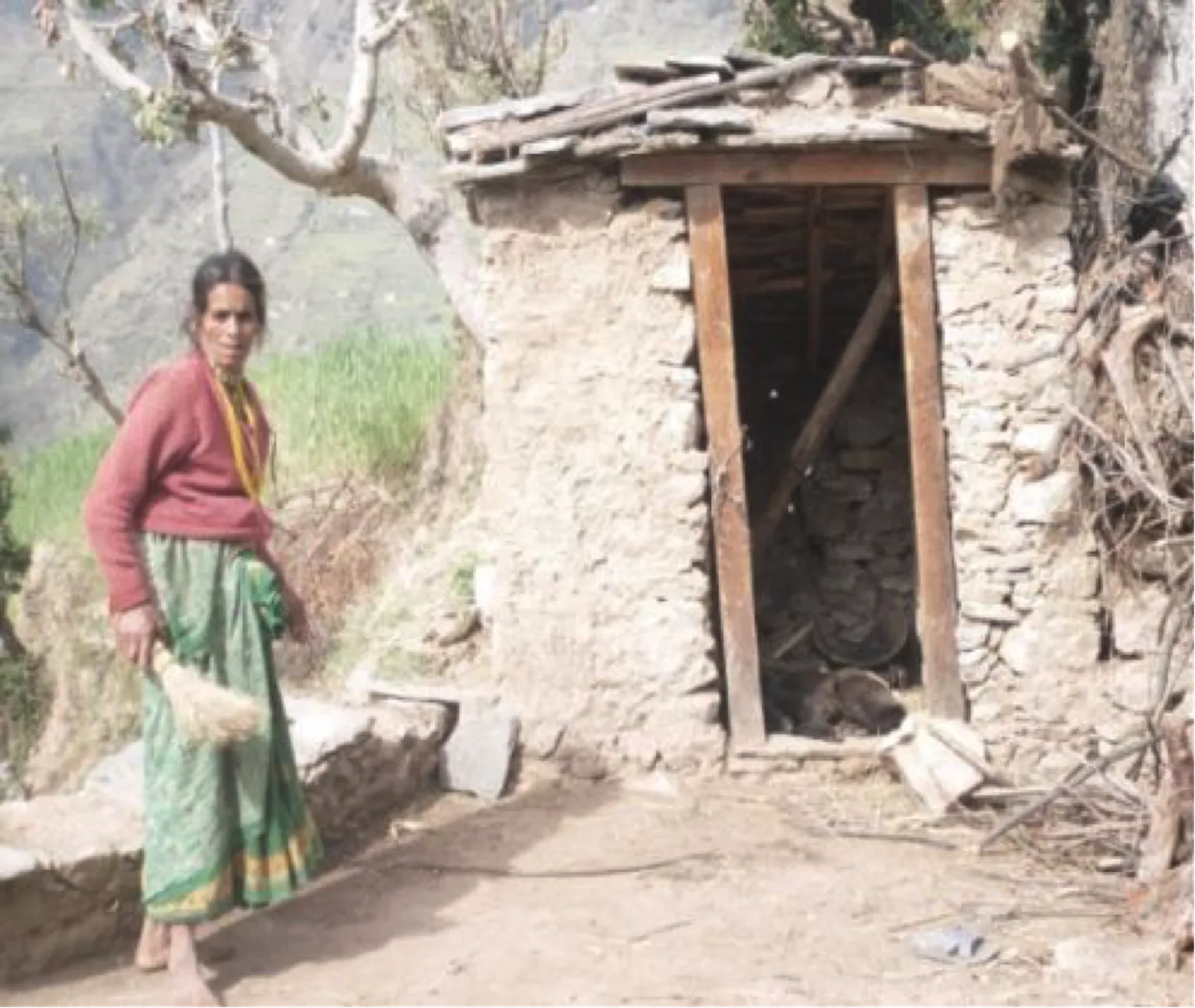In Kalikot, a woman sells her land for a toilet

In 2008, only 3 percent of the population in the Kalikot district in Nepal had toilets at home. Now, all people in Shanti Buda's village, and in fact in the entire district, have a toilet.
Ten years back, even walking in the village was a nightmare. Locals defecated in the open and almost all roads were covered with human faeces. Considering that most of the villagers still work as agricultural or daily wage labourers, getting them to use their scarce resources to build a toilet was a monumental challenge.
SNV was very concerned about tackling the sanitation problem but most government officials did not see improved toilets as a pressing issue. They considered it a dirty issue, it was almost a taboo. The locals considered open defecation a normal and natural thing to do.
SNV had devised a four-pronged strategy in its Sustainable Sanitation and Hygiene for All programme: strengthening capacities for governance, sanitation demand creation, behaviour change communication and sanitation supply chains. Importantly, community participation, especially women's participation in water and sanitation activities and forums, was the basis for ensuring that there was ownership and responsibility by all involved.
"I remember before SNV started working in the WASH sector, the role of women in community work was minimal. SNV started advocating for women's participation and employing more women and encouraged partners to do the same in the structures at the village and district level," said Shanti who is now an active member of the V-WASH-CC in Kumalgaon.
She recalls that it was on 4 September 2010 that the VDC was declared as an open-defecation-free VDC. As a V-WASH-CC member, she took an active role in planning and taking steps to ensure that everyone in their VDC built and used a toilet. Five years ago, she built a temporary toilet by digging a pit and surrounding it with bamboo stands. She was very happy with the toilet as her family could avoid defecating in the open. The only problem was during the rainy season when the toilet emitted a foul smell.
With the start of the new phase of SNV's Sustainable Sanitation and Hygiene for All programme implemented by the local partner NGO Karnali Integrated Rural Development and Research Centre (KIRDARC), Shanti was determined to build a permanent toilet. "Having been briefed by the local resource person on the hygienic use of toilets, hand washing practises with soap at critical times and use of safe water, I decided to build a permanent toilet."
This was not an easy decision. The cost of a permanent toilet amounted to 15000 NPR, and Shanti's only source of income was a tea shop. She owned a plot of barren land which she ultimately decided to sell off to meet the expenses for the toilet.
Like Shanti, many women in the VDC have realised that building a toilet is about securing their dignity and ensuring their privacy, whereby they do not have to go into the woods or fields to defecate or urinate. They no longer have to wake up in the wee hours of the morning, or wait till night fall to tend to nature's call – and this is something they rejoice in.
This article was written by Hari Upadhyay who works as an SNV WASH advisor in the Kalikot and Jumla districts of Nepal.